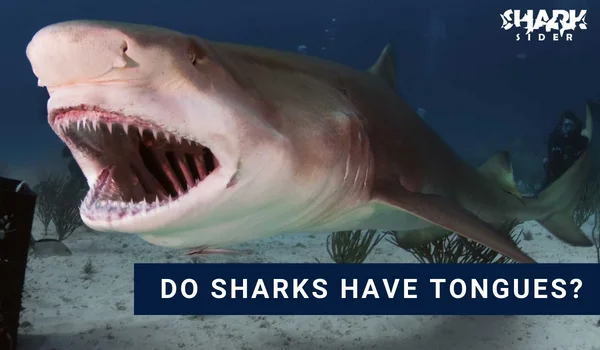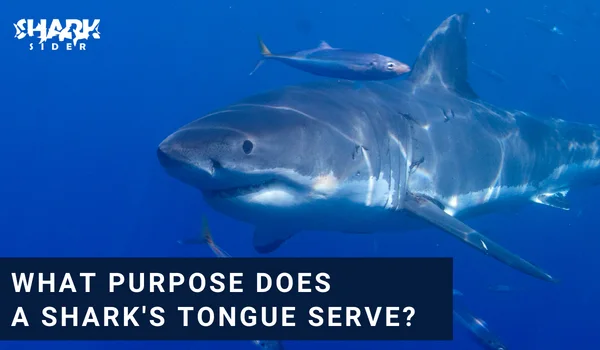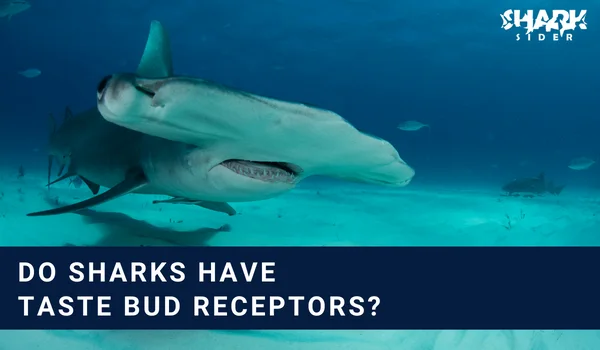Have you ever wondered whether sharks have tongues and what functions they might serve if so? Well, you’re in luck because this blog post is here to answer that exact question. Sharks have been around for millions of years, but much about them remains a mystery even to scientists today. This article takes a closer look at the anatomy of these fascinating creatures to see what we can learn about their tongues – if anything! Read on to discover the truth behind one of nature’s most beguiling mysteries.

Do sharks have tongues?
The short answer is yes! Contrary to some popular beliefs, sharks do possess an organ similar in structure to a tongue. This organ is called the basihyal, and it’s located inside their mouths between their teeth. The basihyal looks like a thin sheet of skin with small bristles along the side – kind of like a mini-tongue! It helps move food particles around so that sharks can swallow them more easily.
What are the components of a shark’s tongue?
A shark’s tongue is composed of several different parts, including the basihyal and its bristles. Additionally, sharks possess two small cartilaginous structures called lingual lobes. These are located on either side of their tongues and help to hold food in place while they swallow. Sharks also have an organ known as the vomeronasal organ that is connected to the bottom of their tongues. This organ helps detect pheromones, which can assist with mating or hunting for prey.
What purpose does a shark’s tongue serve?

While scientists are still not sure what specific purpose the basihyal serves, they believe it plays an important role in helping sharks ingest their prey. By moving food particles around and out towards the mouth opening, the basihyal may help sharks to better swallow larger items. Additionally, the basihyal may also play a role in helping sharks detect and distinguish between different types of food particles.
The basihyal is able to sense chemical cues that are present in potential prey, allowing sharks to determine what type of item they should be eating and how it might taste. This sensory organ can also help when hunting – it’s believed that some species of shark use their tongues to detect electrical signals from nearby prey.
The Cookie-Cutter shark’s tongue
The Cookie-Cutter shark stands out from its relatives due to an impressive feature: a strong tongue fueled by powerful throat muscles. This unique adaptation allows the CCS’s tongue to be attached directly to their throats instead of the bottom of their mouths, providing them with added strength and agility in comparison. This helps the shark to feed more efficiently by reducing the size of the prey item before it is ingested.
The Bullhead and the Carpet shark’s tongues
Two other species of shark, the Bullhead and Carpet sharks, also possess a specialized tongue. The Bullhead shark’s tongue looks like two small plates that are lined with teeth-like ridges to help them feed more efficiently on prey items such as crustaceans and mollusks. On the other hand, the Carpet shark’s tongue is a flat, spoon-shaped structure that helps it to feed on small fish.
Can sharks stick their tongue out?
Unfortunately, no. The basihyal is tucked away inside the mouth and cannot be seen from the outside. That means that sharks are unable to stick their tongues out like other animals!
Do sharks have taste bud receptors?

It has been debated amongst researchers whether or not sharks possess taste buds that are capable of detecting salty and sweet tastes. However, recent research has revealed that at least some species of shark do have taste receptors on their tongues – though it’s unclear what the exact purpose they serve is.
Conclusion
In conclusion, sharks do possess an organ in their mouths similar to a tongue called the basihyal. This organ helps them to better break up and swallow food particles, while they also possess two lingual lobes located on either side of their tongues to help hold food in the place. Additionally, sharks have a vomeronasal organ connected to the bottom of their tongues that helps detect pheromones. The Cookie-Cutter, Bullhead, and Carpet sharks all possess unique tongues that help them to better feed efficiently on prey items. Finally, unfortunately, sharks are unable to stick their tongues out, and it is still unclear whether or not they have taste buds.
